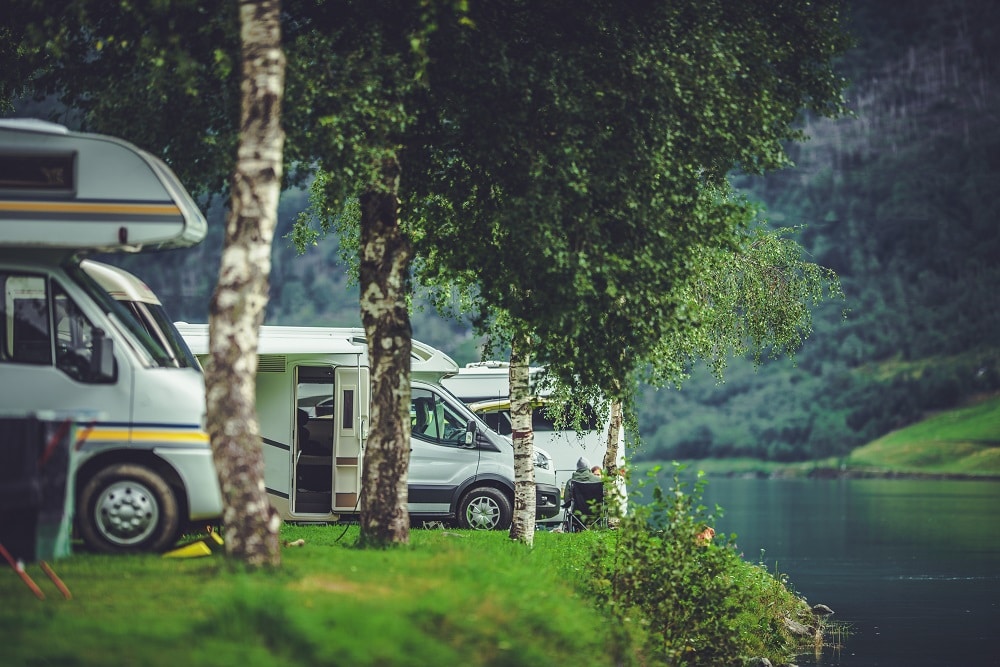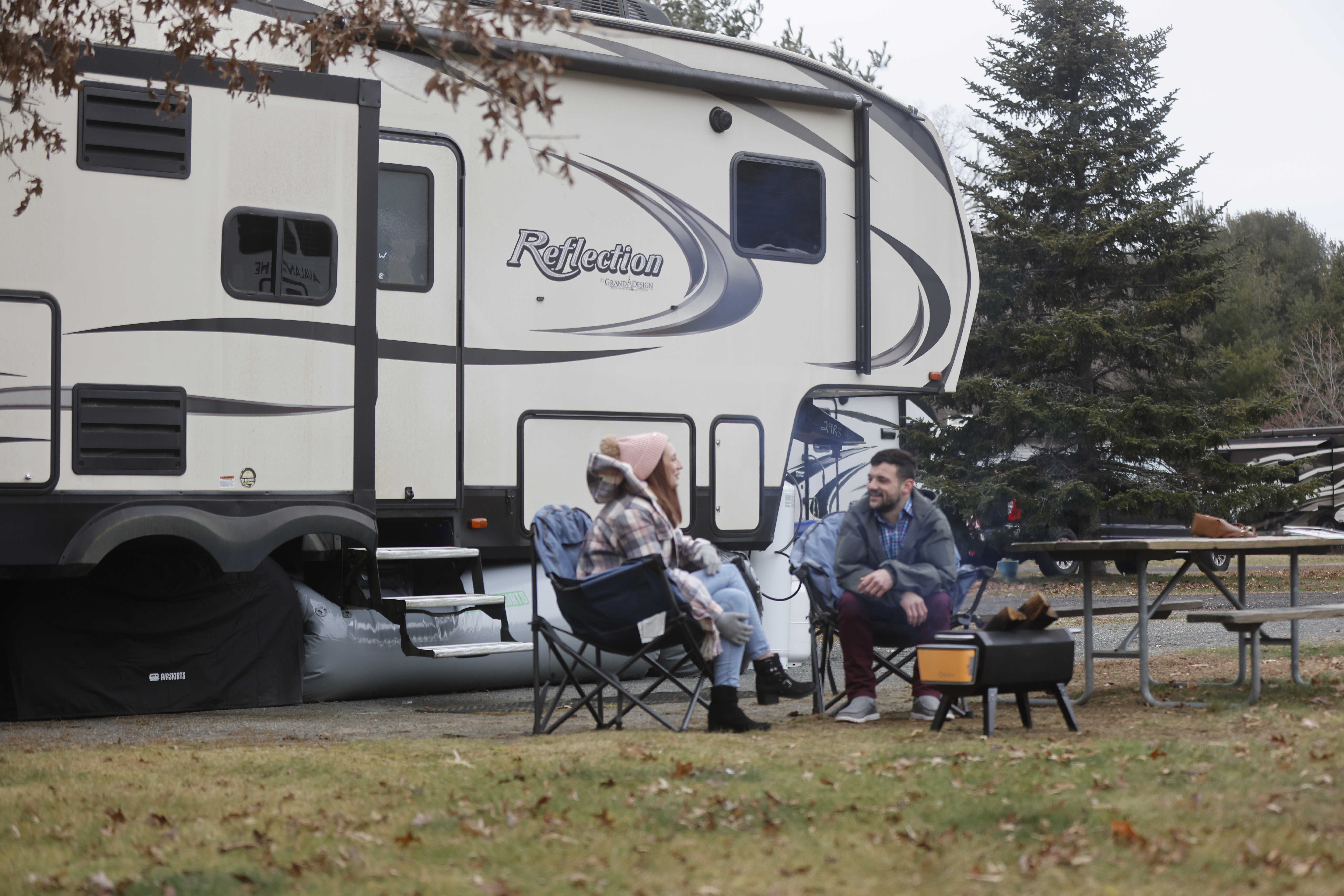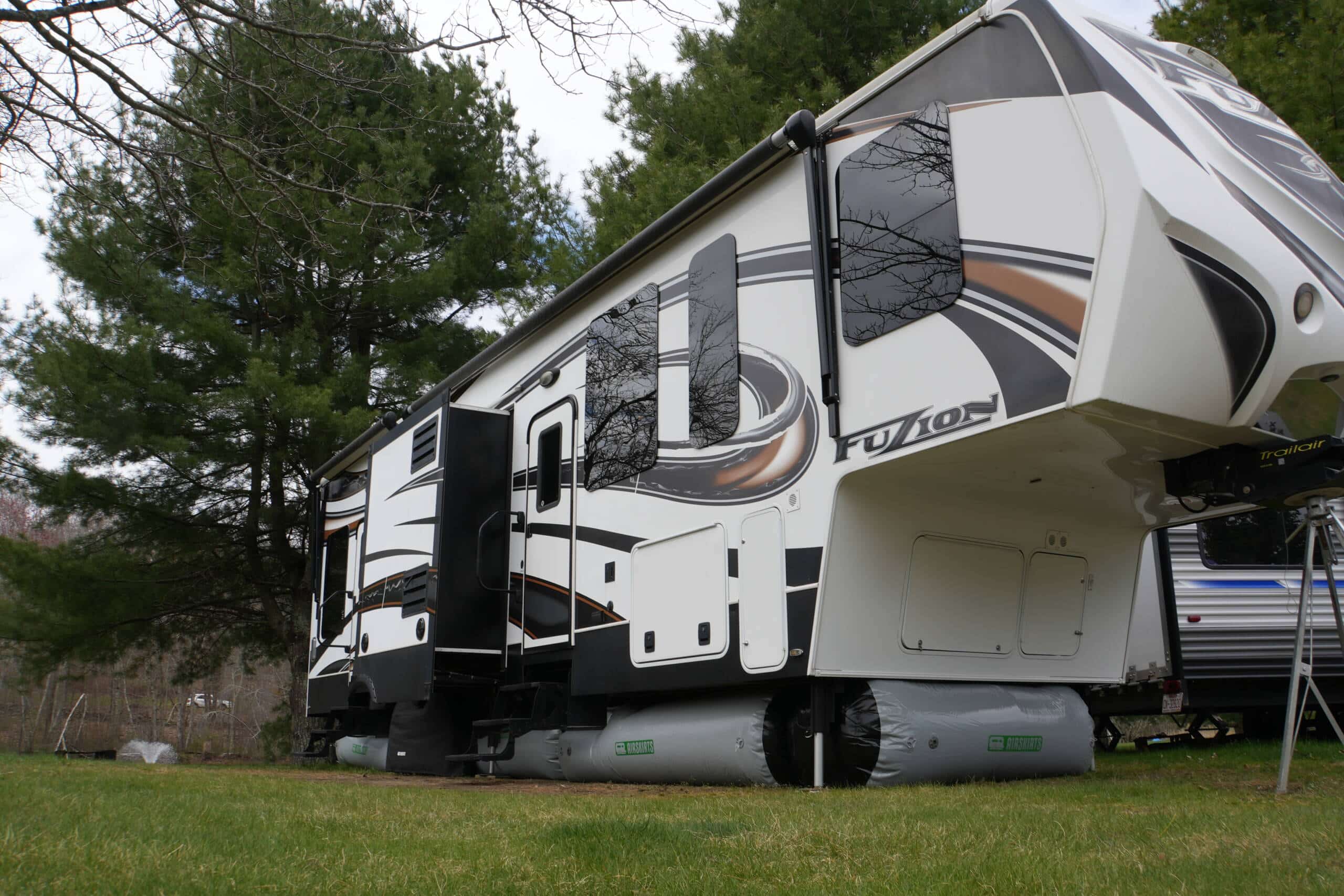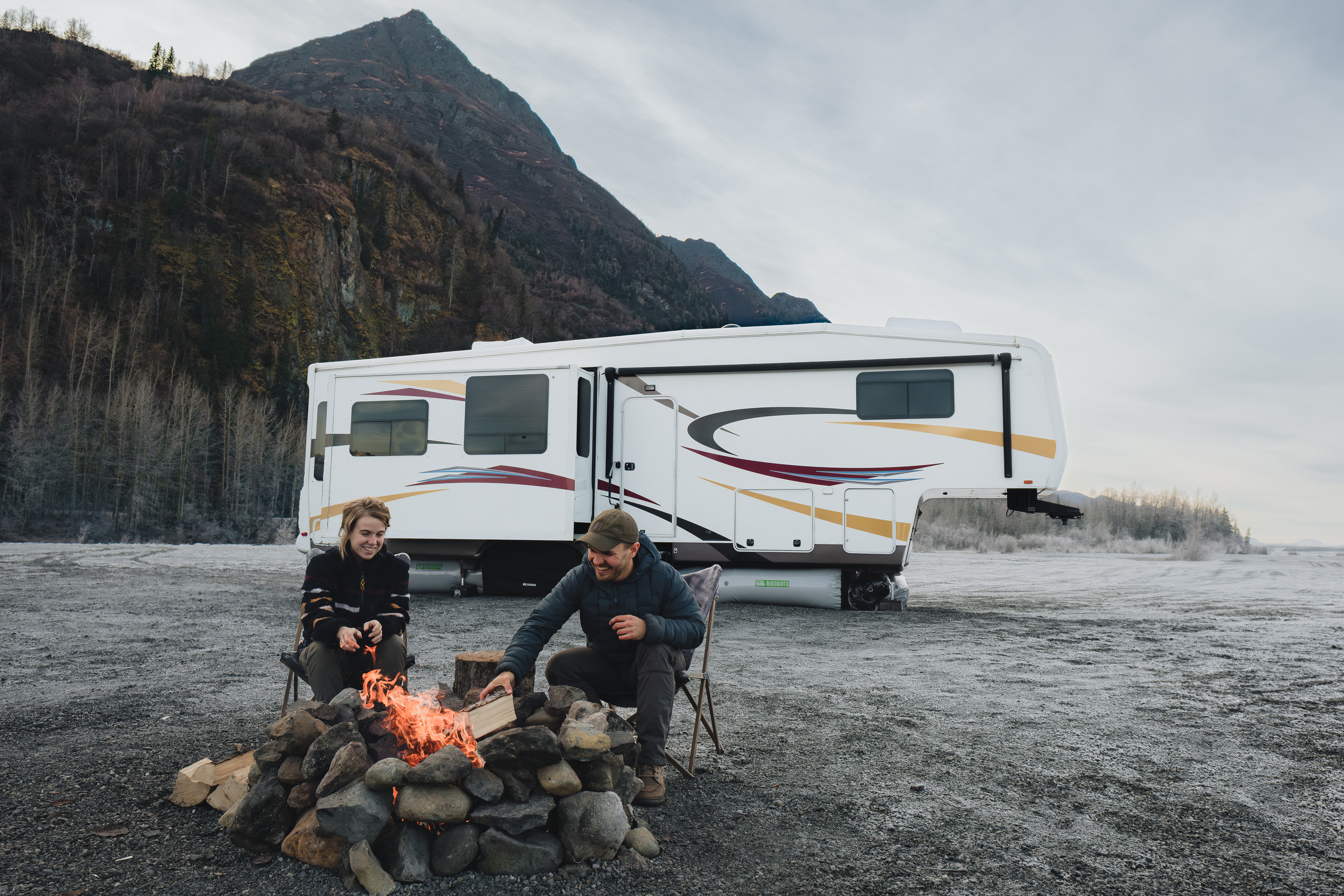Top 3 Things to Think About with Long-Term RV Parking
RV owners come and go every day at a typical American campground. Some stick around for a few days before moving on. Others stay a week or two. Still others are just passing through overnight. But then there are those RV owners who are more likely to look for a long-term RV parking solution.
For the purposes of this post, long-term parking is not the same thing as storage. It is parking your RV in the same spot for an extended amount of time and continuing to live in it. You could park for three months, six months, or even a year. Whatever the case might be, long-term parking involves much more than just taking your RV out for vacation.
Long-term parking comes with its own unique considerations. Here are the top three things RV owners have to think about before they choose a long-term parking solution:
1. Rules, Regulations, and Policies
At the top of the list are any rules, regulations, or policies that might dictate where an RV owner can park. For starters, there are plenty of campgrounds in the U.S. that operate only on a seasonal basis. Choose an area populated by seasonal campgrounds and you may not find one you can park at between October and March.
Parking on land other than a public campground leads to questions about local rules and regulations. Everything from zoning ordinances to overnight parking regulations could impact where and RV owner parks. Researching local rules and regulations can really pay off in some situations.
2. Local Weather Patterns
Despite the fact that RVs are designed to be outdoors, they are not impervious to the weather. That being the case, it is a good idea to research local weather patterns before choosing a parking destination. This isn’t to say that you should avoid certain areas. That wouldn’t be true to the spirit of long-term parking. Rather, the point is to be prepared for whatever the local environment may throw at you.
There are plenty of RV owners who have no problem with long-term parking in cold winter weather. They just prepare ahead of time. Fortunately, some of them have purchased AirSkirts inflatable RV skirting to protect their plumbing. That is a smart move. Investing in RV skirting is an example of accounting for the weather wherever you choose to park.
3. Access to Amenities
Next is the issue of amenities. When we say amenities, we are talking both hookups and those little extras like wi-fi access, a local shopping scene, etc. Should you choose to park somewhere other than a public campground, you will definitely need access to a nearby dump station.
Amenities are key to making long-term parking comfortable. If you are not going to park where public wi-fi is available, how will you get online? If you prefer to park in a more rural environment, are you willing to travel to buy groceries, refill your propane tanks, and seek out medical care?
Thinking about amenities is more personal preference than anything else. You need to do whatever will make your stay as comfortable and safe as possible. There isn’t a right or wrong way to approach the amenities question.
Needless to say, long-term parking isn’t something that should be done on a whim. It requires at least some measure of planning. The longer you intend to park, the more planning required. That is one of the basic laws of RVing.
Rest assured that planning makes for a happier experience. If you take the time to think things through and prepare accordingly, long-term parking can be an incredible experience.






It’s excellent that you went into further detail on how RVs are not weatherproof while being made for outside use. In light of this, it is wise to look at local weather trends before deciding where to park. This will be useful for my uncle, who occasionally travels in an RV with us and is deciding where to go next. I’ll be sure to take all of your suggestions in mind to make sure we have a hassle-free, delightful camping experience the whole time. Thanks!